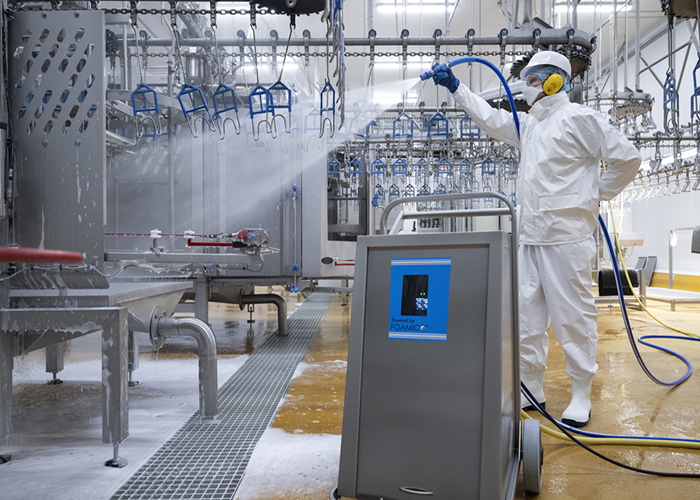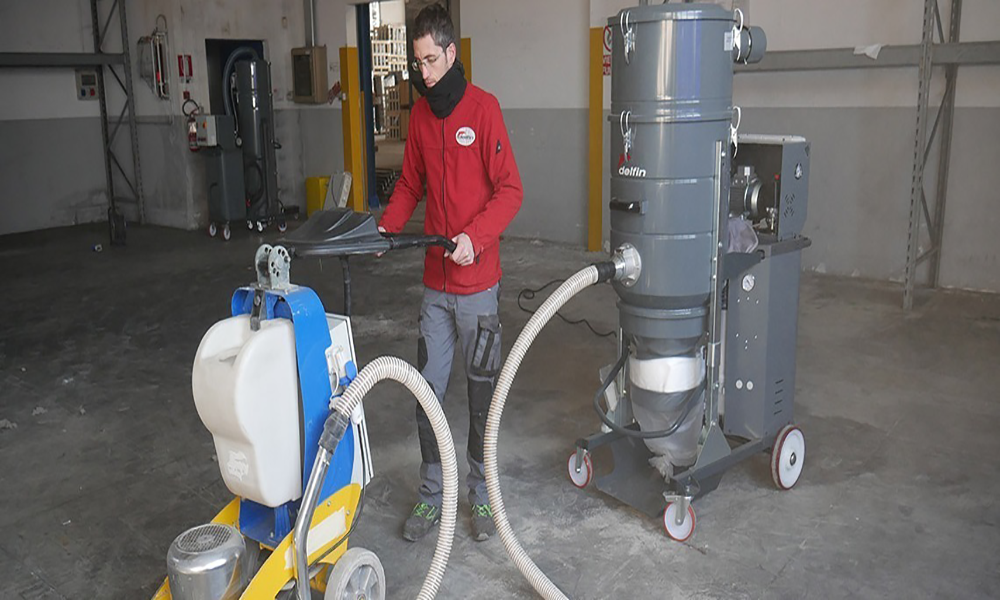Water and Wastewater Treatment in Machine Cleaning Industries Using ETP, STP, WTP, WWTP, RO, and Advanced Technologies

Machine cleaning industries are essential to India's growing manufacturing and maintenance ecosystem. These industries provide cleaning and servicing solutions to automotive, aerospace, food processing, and heavy engineering sectors. They ensure that machines operate efficiently by removing oil, grease, dust, and chemical residues through systematic cleaning.
In Maharashtra, which houses several industrial clusters, machine cleaning services are in high demand. Cities like Pune, Nashik, and Aurangabad offer specialized machine-cleaning support to factories, workshops, and production lines. With an increased focus on operational efficiency, these industries rely heavily on water-based cleaning systems and must manage the resulting wastewater responsibly.
Water Is Used in Degreasing, Pressure Washing, Rinsing, and Flushing Machine Components
Machine cleaning industries rely on large volumes of water for tasks like degreasing, high-pressure washing, and rinsing mechanical parts. Water is a carrier fluid for detergents and solvents, helping remove stubborn residues such as oils, grime, metal particles, and chemical buildup.
Besides direct cleaning, water is also used in cooling during ultrasonic or steam-based cleaning systems. It ensures that machine parts are not damaged by heat generated during cleaning. The water must often meet specific purity standards, especially when cleaning high-precision machinery, making water treatment crucial before and after use.
Degreasing, Rinsing, and Chemical Cleaning Produce Contaminated Wastewater in Machine Servicing Units
During machine cleaning, various activities lead to the generation of wastewater. The most common are degreasing operations, where oil and lubricants are removed using water-based or solvent-based solutions. These fluids pick up contaminants and become wastewater after a single use or a few cycles.
"Water is the unsung hero in machine cleaning industries—essential in every cleaning stage but equally important to recover, recycle, and treat for environmental sustainability."
High-pressure rinsing also creates wastewater that contains fine particles, detergents, and sometimes heavy metals. Additionally, cleaning tanks, pipelines, and equipment used in the process contribute to the total wastewater volume. This contaminated water needs specialized treatment before disposal or reuse, depending on its composition and pollution load.
Wastewater Contains Oils, Grease, Detergents, Solvents, and Suspended Solids from Cleaning Operations
The wastewater generated in machine-cleaning industries varies in composition depending on the machinery being cleaned and the process used. A typical waste stream may include emulsified oils, greases, detergents, metal shavings, solvents, and dirt. These pollutants significantly alter the physical and chemical quality of the water.
In some facilities, cleaning processes also involve acidic or alkaline cleaning agents, which alter the pH of wastewater. Suspended solids and chemical oxygen demand (COD) levels are usually high, making it critical to treat the wastewater before discharge or reuse. This requires a combination of mechanical and chemical treatment processes.
Industries Use ETPs, Oil Separators, and Chemical Dosing Units to Treat Contaminated Water Effectively
Machine-cleaning industries install Effluent Treatment Plants (ETPs) to manage wastewater and remove oils, solids, and chemicals. The treatment often starts with oil-water separators to remove floating oils. This is followed by coagulation and flocculation to settle suspended solids and reduce turbidity.
Chemical dosing helps adjust pH and break emulsions. Some systems also include aeration tanks for reducing organic matter and sand or carbon filters for final polishing. Treated water may be suitable for reuse in non-critical applications or safely discharged into municipal drainage systems, depending on compliance with environmental norms.
Advanced Filtration, Ultrafiltration, and RO Enable Machine Cleaning Units to Recycle Water Efficiently
Modern machine-cleaning industries are adopting advanced water treatment technologies to minimize waste and maximize reuse. Membrane filtration systems like Ultrafiltration (UF) and Reverse Osmosis (RO) help recover clean water from complex waste streams. These systems are often integrated with ZLD (Zero Liquid Discharge) for complete water recycling.
Some industries also implement automated monitoring to track water quality parameters in real time, allowing better control over water reuse processes. These innovations reduce water bills and align with regulatory requirements and corporate sustainability goals.
Customized ETP, RO, and Reuse Systems to Manage Water Needs in Machine Cleaning Facilities
We provide turnkey water and wastewater treatment solutions tailored to the unique demands of machine-cleaning industries. Our services include designing, supplying, installing, and maintaining ETPs, RO plants, oil-water separators, and ZLD systems.
Our expert team conducts on-site analysis to understand your cleaning processes and wastewater characteristics. We develop efficient, cost-effective, and eco-friendly treatment systems based on this. We also offer automation and IoT-enabled control panels for real-time monitoring of water quality and plant performance, ensuring compliance and sustainability.
Conclusion: Effective Water Management in Machine Cleaning Industries

Sustainable Water Management in Hospitals Ensures Safety, Compliance, and Environmental Stewardship
Water is vital in machine cleaning industries—from degreasing and rinsing to maintaining equipment hygiene. However, this also leads to the generation of highly contaminated wastewater, which must be treated carefully. Through technologies like ETPs, RO, UF, and ZLD, industries can ensure that water is treated, reused, and discharged responsibly. Our tailored solutions help machine cleaning units reduce costs, meet environmental norms, and promote sustainability—making clean water management a necessity and long-term advantage.

